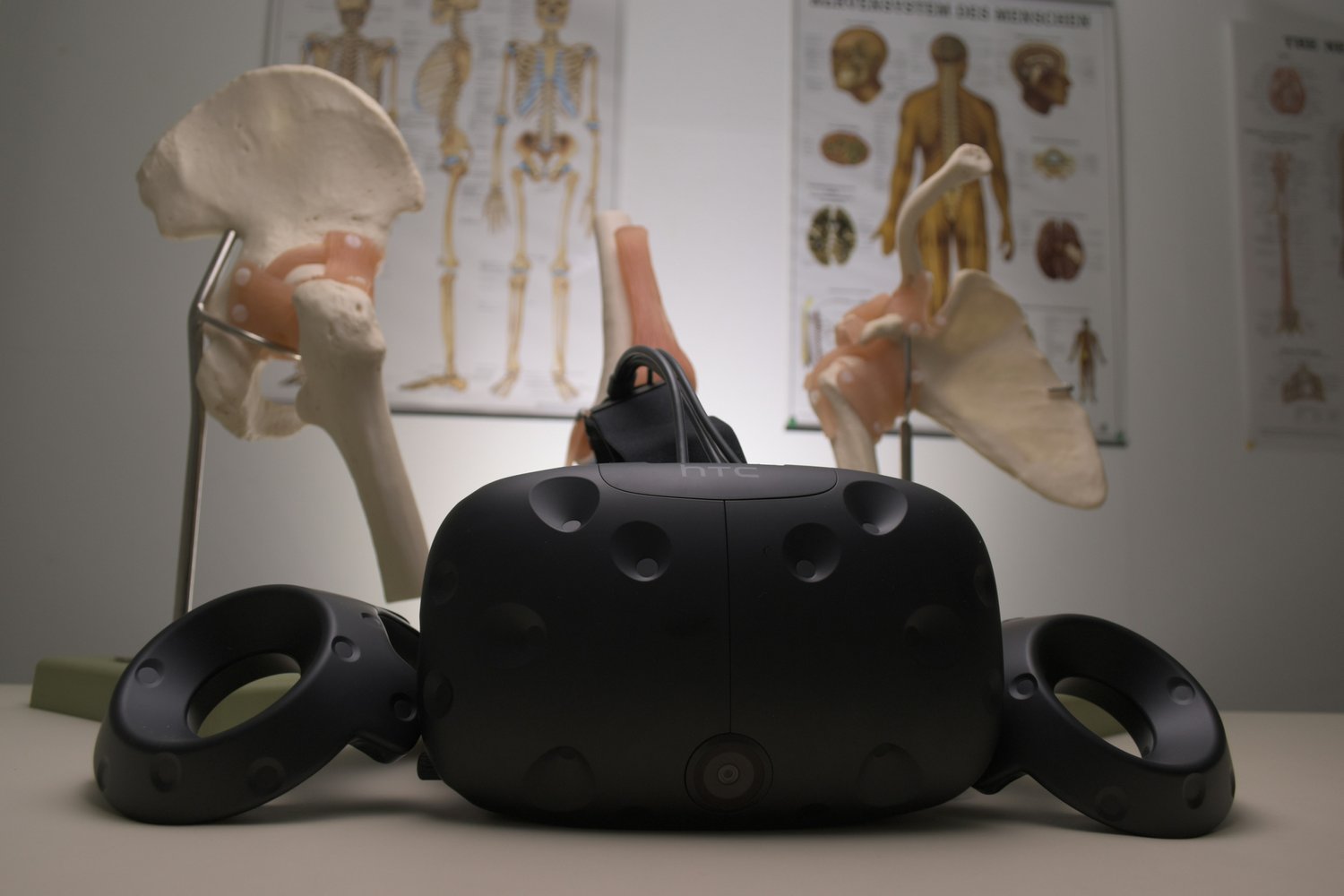Image: https://images.unsplash.com/photo-1514499007249-cd680c1d1060
Introduction
Movies have always been a way for people to escape reality and immerse themselves in new worlds. Over the years, technology has played a big role in making these experiences even more engaging. From black-and-white films to 3D movies, the industry has constantly evolved. Now, Augmented Reality (AR) is taking movie-watching to a whole new level, making films more interactive, personalized, and immersive than ever before.
How Augmented Reality is Changing the Movie-Watching Experience
1. Interactive Movie Content
AR allows viewers to interact with movie characters and scenes in real-time. Using AR-enabled apps, fans can scan posters, merchandise, or even their TV screens to unlock hidden content, such as behind-the-scenes footage, alternate endings, or interactive games. This adds an extra layer of engagement and makes the viewing experience more dynamic.
2. Immersive Home Theaters
With AR, home theaters are becoming more than just a screen and speakers. AR projectors and headsets can create virtual environments that transport viewers directly into the movie. Imagine watching a jungle adventure film and seeing trees and animals appear around your room, making you feel like you’re inside the scene.
3. Enhanced Movie Promotions
Movie studios are using AR to create exciting promotions that allow fans to engage with upcoming films before they are even released. AR-based movie trailers let viewers explore movie scenes in 360-degree experiences, while interactive posters bring characters to life through a smartphone screen. These features help build anticipation and excitement for upcoming releases.
4. Personalized Viewing Experiences
With AR, movies can be customized to fit each viewer’s preferences. Interactive subtitles, real-time translations, and character bios can be displayed alongside the film. Some platforms even allow users to choose different camera angles or interact with the storyline in a way that influences how the movie unfolds.
The Role of AR in Movie Theaters
1. Augmented Reality Glasses for 3D Viewing
Traditional 3D glasses enhance the depth of a movie, but AR glasses take it a step further by allowing viewers to see holographic elements in the theater. This creates a more realistic and immersive experience, making action scenes, special effects, and animations more lifelike.
2. Real-Time Information and Extras
AR technology in theaters can provide additional information about the movie in real-time. Viewers can use AR apps on their phones or AR glasses to access actor bios, behind-the-scenes content, or fun facts about a scene while watching the movie.
3. Gamification and Audience Interaction
Some theaters are exploring the use of AR to create interactive experiences before and after movies. For example, AR-based games on theater screens can engage the audience before the film starts, or fans can interact with movie characters in AR as part of special events.
The Future of Augmented Reality in Movie-Watching
1. Virtual Reality and AR Integration
The combination of AR and Virtual Reality (VR) could make movie-watching even more exciting. While VR immerses users completely in a digital world, AR blends digital elements with real-world surroundings. This hybrid approach could create unique cinematic experiences where viewers can choose between watching a film traditionally or stepping inside the story.
2. Holographic Movie Experiences
In the future, AR could bring holographic movies to life. Instead of watching a film on a screen, viewers might see 3D holograms appearing around them, making them feel like they are part of the movie itself.
3. Social AR Movie Nights
With AR, people could watch movies together even if they are in different locations. Using AR glasses or apps, friends could see virtual versions of each other in the same room and react to the film in real-time. This could make long-distance movie nights more engaging and social.
Conclusion
Augmented Reality is transforming the way people watch movies by making the experience more interactive, immersive, and personalized. Whether at home or in theaters, AR allows audiences to engage with films in new ways, from unlocking hidden content to seeing holographic effects around them. As technology advances, AR will continue to shape the future of movie-watching, creating unforgettable cinematic experiences for audiences worldwide.



